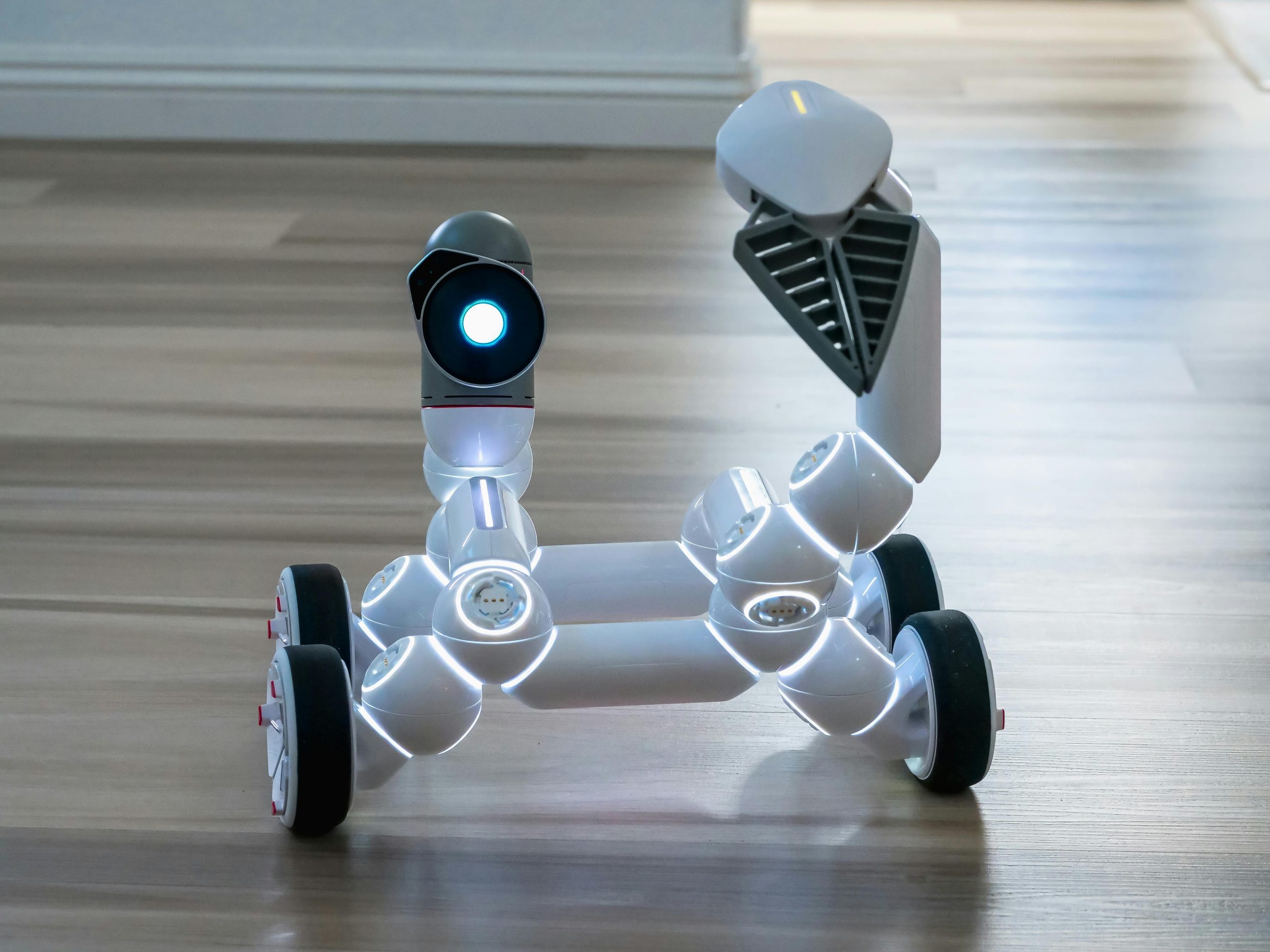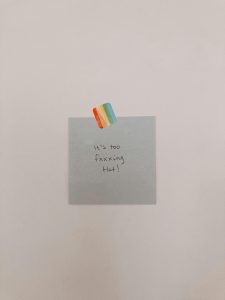“Is Sora really the future of AI video creation or just overhyped?”
Is Sora the Future of AI Video Creation or Just Overhyped?
In recent discussions within the tech and creative communities, Sora, OpenAI’s latest text-to-video generation model, has garnered significant attention. Many enthusiasts and industry experts are buzzing about its potential to revolutionize video production, raising questions about whether this innovative tool will become a staple in the creative toolkit or remain a limited, experimental technology.
What is Sora?
Sora is an advanced AI model developed by OpenAI designed to generate videos from textual descriptions. Similar to how models like ChatGPT have transformed text generation, Sora aims to bring that same level of sophistication to visual content creation. Early demonstrations showcase remarkably realistic videos, illustrating how AI can interpret and visualize complex narratives based solely on written prompts.
The Promise and Limitations
Despite its impressive capabilities, Sora is currently accessible only through an invite-only beta, with numerous restrictions in place. These constraints include usage limitations, quality considerations, and ongoing development needs, which have led to debates about its readiness for mainstream adoption.
While the realism of generated videos is promising, the technology still faces challenges in producing consistently high-quality, diverse, and contextually accurate content at scale. As with many pioneering AI tools, early-stage models often serve as proofs of concept rather than fully deployed solutions.
Will Sora Change the Creative Landscape?
The core question remains: will Sora become a mainstream tool for filmmakers, marketers, and content creators, or will it be confined to controlled experiments and niche applications? Comparisons are often drawn to ChatGPT, which moved from a research prototype to a widely adopted platform transforming communication and workflow.
If Sora can overcome current limitations and expand accessibility, it could significantly reduce barriers to video content creation, enabling individuals and small teams to produce high-quality visuals rapidly. Conversely, if restrictions persist or the technology struggles with consistency, it may remain a specialized tool used primarily by researchers and developers.
Community Insights and Future Outlook
As of now, there are limited public examples of Sora-generated videos, owing to its restricted access. Those who have experimented with the platform or seen early demos suggest that the technology is promising but not yet ready for widespread deployment.
Looking ahead, the trajectory of Sora will depend on ongoing development, scalability, and how well OpenAI addresses current constraints. If successful, it could usher in a new era of AI-assisted filmmaking and content creation, much like the transformative impact seen with other AI innovations.














Post Comment